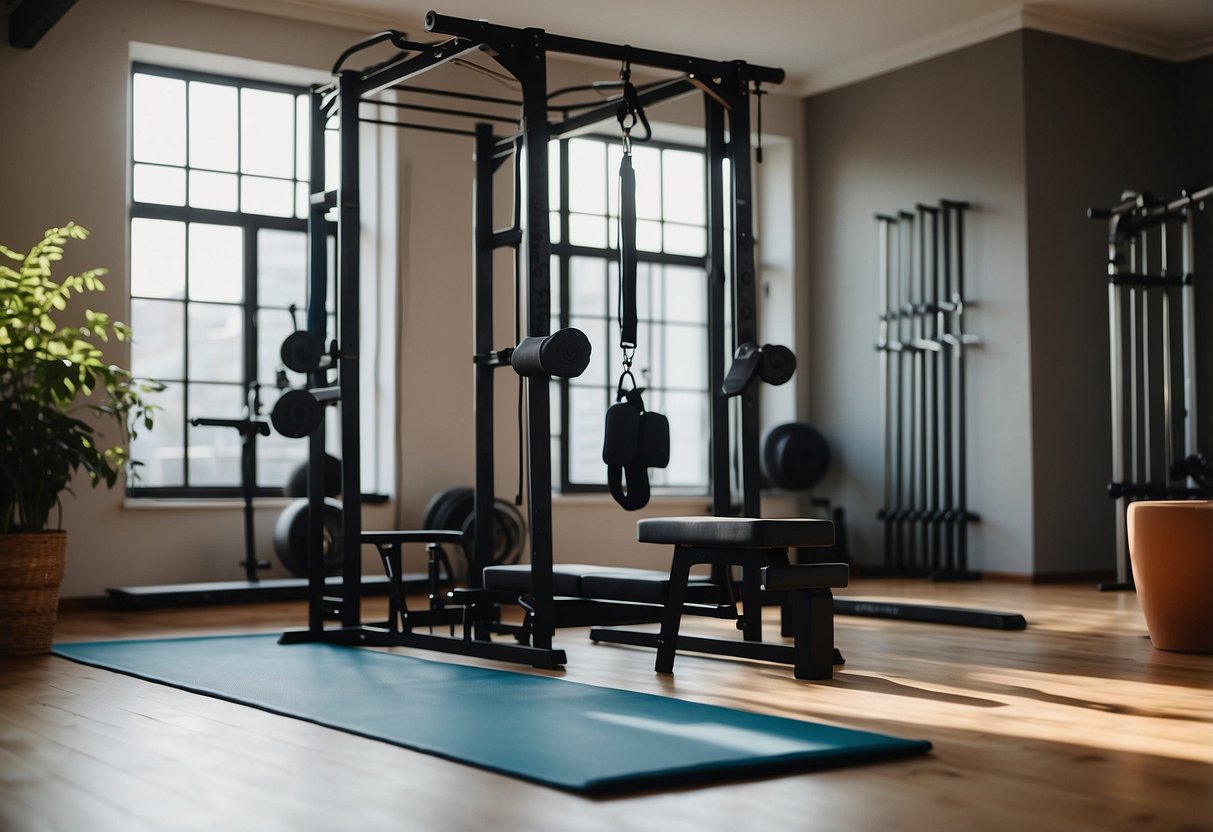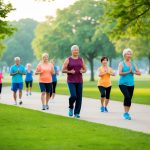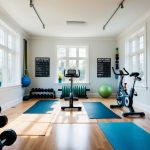
8. Tricep Dips
Tricep dips are an effective way to build upper body strength, targeting the triceps, chest, and shoulders. They require minimal equipment and can be performed using a sturdy chair, bench, or even the edge of a sofa.
To perform tricep dips, sit on the edge of the support with your hands gripping the edge beside your hips. Extend your legs out in front of you, keeping your heels on the ground. Slowly lower your body by bending your elbows, keeping them close to your body.
Lower yourself until your elbows reach a 90-degree angle. Then, push yourself back up to the starting position by straightening your arms. Ensure that your movements are controlled and steady to maximize the effectiveness of the exercise.
Engaging your core throughout the movement can help maintain proper form and prevent strain on your lower back. Tricep dips can be modified to increase difficulty by elevating your feet on another surface or by adding weight to your lap.
Incorporating tricep dips into your regular workout routine can lead to improved muscle tone and strength in the upper body. Regular practice will also help with functional strength, enhancing performance in other exercises and daily activities.
It is important to perform tricep dips with correct form to avoid injury, especially to the shoulders and elbows. If you experience any discomfort, consider adjusting your hand placement or reducing the range of motion.
9. Leg Raises
Leg raises effectively target the lower abdominal muscles. This exercise can be performed anywhere with minimal space, making it highly versatile.
To start, lie flat on your back with your legs extended. Place your hands underneath your hips for support and slowly lift your legs until they form a 90-degree angle with your torso.
It’s crucial to keep your legs straight and avoid using momentum to lift them. Lower them back down slowly without allowing them to touch the ground. This controlled motion maximizes muscle engagement and effectiveness.
Leg raises can also be modified for different fitness levels. Beginners can bend their knees slightly, while advanced individuals can add ankle weights for additional resistance.
This exercise not only strengthens the abdominal muscles but also engages the hip flexors. It’s a comprehensive option for enhancing core stability and strength.
10. Bicycle Crunches
Bicycle crunches are an effective exercise targeting the obliques and the abdominal muscles. They engage the core while promoting stability and coordination.
To perform bicycle crunches, lie flat on your back with your hands behind your head. Lift your legs and bend them at a 90-degree angle.
Bring your left knee towards your chest while simultaneously rotating your torso to touch your right elbow to your left knee. Alternate sides, mimicking a pedaling motion.
Maintain a steady pace and focus on controlled movements rather than speed. Keep your lower back pressed to the floor to avoid strain.
Bicycle crunches can be modified for different fitness levels. Beginners may do fewer repetitions, while advanced individuals can aim for higher reps or add a pause during the contraction for increased intensity. This exercise helps build core strength and can be included in any home workout routine without the need for equipment.
Importance of Bodyweight Exercises for Strength Building
Bodyweight exercises offer numerous benefits, including convenience, affordability, and the ability to target multiple muscle groups simultaneously. Training at home adds extra flexibility to one’s fitness routine, as workouts can be done any time without the need for special equipment.
Benefits of Bodyweight Training
Bodyweight training requires no special equipment, making it accessible to everyone regardless of fitness level. Exercises like push-ups, squats, and planks utilize natural body resistance to build muscle strength. These workouts can be adapted to various intensities, allowing both beginners and advanced athletes to benefit.
Moreover, bodyweight exercises can be done anytime, anywhere, making it easier to maintain a consistent routine. This approach also reduces the risk of injury compared to lifting heavy weights, as movements are more natural and less likely to strain muscles and joints.
Why Train at Home?
Training at home eliminates the need for a gym membership, saving both time and money. It offers a convenient way to fit workouts into a busy schedule, as exercises can be done immediately upon waking up or before bed. This flexibility can significantly increase adherence to a fitness routine.
Home workouts also offer privacy, making it easier for individuals to focus on their exercises without feeling self-conscious. Additionally, training at home allows for a controlled environment, free from distractions, allowing individuals to tailor workouts specifically to their needs and preferences.



